What is Skin Whitening and How Does It Work
Skin whitening, also known as skin lightening or bleaching, is a cosmetic procedure that aims to reduce the melanin pigment in the skin, making it appear lighter. Melanin is produced by melanocytes, specialized cells in the skin, and its production is influenced by various factors, including genetics, sun exposure, and hormones. Skin whitening treatments work by targeting these melanocytes or inhibiting melanin production. It’s crucial to understand that skin whitening doesn’t necessarily mean achieving a completely different skin tone, but rather reducing the appearance of dark spots, uneven skin tone, and hyperpigmentation. The effectiveness of these treatments can vary depending on the individual’s skin type, the type of treatment used, and the underlying cause of the skin discoloration. It’s important to approach skin whitening with realistic expectations and to prioritize skin health throughout the process.
Understanding Hyperpigmentation
Hyperpigmentation is a common skin condition characterized by the darkening of certain areas of the skin. This darkening occurs due to an increase in melanin production, leading to patches or spots that are darker than the surrounding skin. It can affect people of all skin tones, although it’s often more noticeable in individuals with medium to dark skin. There are various types of hyperpigmentation, including melasma, which is often triggered by hormonal changes; post-inflammatory hyperpigmentation (PIH), which is a result of inflammation or injury to the skin; and sunspots (solar lentigines), caused by sun exposure. Understanding the type of hyperpigmentation you have is crucial, as different types respond to different treatments. Consulting with a dermatologist is often recommended for accurate diagnosis and personalized treatment plans. Effective treatments often focus on reducing melanin production or promoting cell turnover to fade the dark spots.
Common Causes of Hyperpigmentation
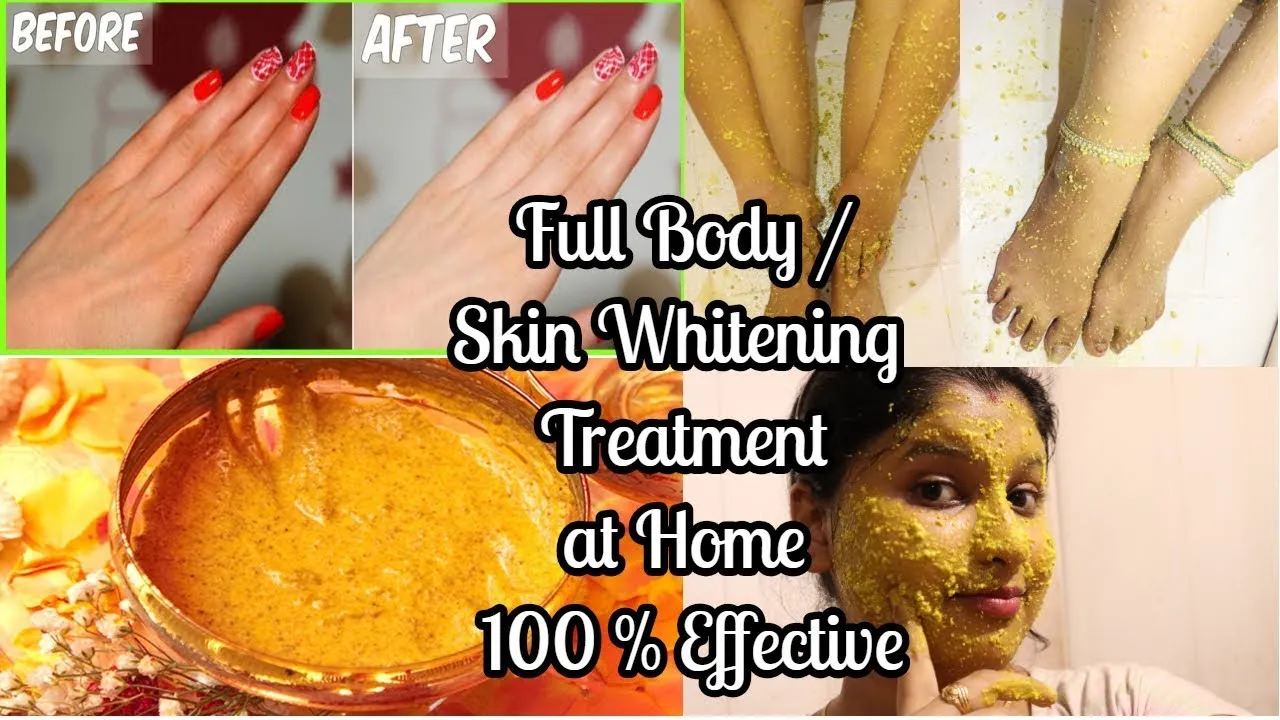
Several factors can contribute to the development of hyperpigmentation. Sun exposure is a primary culprit, as ultraviolet (UV) radiation stimulates melanin production to protect the skin. Hormonal changes, such as those during pregnancy (leading to melasma) or due to birth control pills, can also trigger hyperpigmentation. Skin injuries, like cuts, burns, acne, or eczema, can cause post-inflammatory hyperpigmentation (PIH) as the skin heals. Certain medications and medical conditions can also be linked to hyperpigmentation. Genetics play a role in determining skin tone and susceptibility to hyperpigmentation. To effectively manage hyperpigmentation, it’s essential to identify and address the underlying causes. This often involves diligent sun protection, avoiding triggers, and using targeted treatments to reduce melanin production and even out skin tone. A dermatologist can help determine the cause of your hyperpigmentation and recommend appropriate treatment options.
Top 7 Skin Whitening Treatments at Home
Lemon Juice for Skin Whitening
Lemon juice is a popular home remedy for skin whitening due to its natural bleaching properties and high vitamin C content. Vitamin C is an antioxidant that can help reduce melanin production. The citric acid in lemon juice acts as a mild exfoliant, helping to remove dead skin cells and reveal brighter skin. However, lemon juice can be irritating for some people, leading to redness, dryness, and increased sun sensitivity. It’s essential to dilute lemon juice with water before applying it to the skin. Regular use may help lighten dark spots and even out skin tone, but results can vary. Always perform a patch test before applying lemon juice to a larger area of your skin to check for any adverse reactions. Remember that lemon juice can make your skin more sensitive to the sun, so using sunscreen is very important.
How to Use Lemon Juice Safely
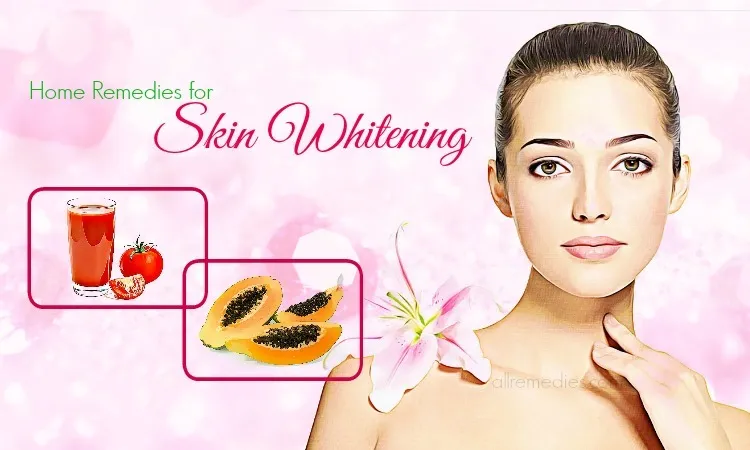
To use lemon juice safely for skin whitening, start by diluting fresh lemon juice with an equal amount of water. Perform a patch test on a small area of skin, such as the inside of your wrist, and wait 24 hours to check for any adverse reactions like redness, itching, or irritation. If no reaction occurs, you can apply the diluted lemon juice to the desired areas of your skin, avoiding the sensitive eye area. Leave it on for a maximum of 15-20 minutes, and then rinse thoroughly with cool water. Apply a moisturizer to hydrate your skin. Use this treatment no more than two or three times a week. Always wear sunscreen with a high SPF when going outside, as lemon juice increases sun sensitivity. Discontinue use if any irritation occurs and consult a dermatologist if you have concerns or experience persistent problems.
Turmeric Face Mask
Turmeric, a spice known for its anti-inflammatory and antioxidant properties, has been used for centuries in skincare. Curcumin, the active compound in turmeric, helps reduce inflammation and may inhibit melanin production. A turmeric face mask can help lighten dark spots and even out skin tone. It’s particularly beneficial for people with acne or other skin conditions, as turmeric has antibacterial properties. Regular use can lead to brighter and healthier-looking skin. The combination of turmeric with other ingredients, such as yogurt or honey, enhances its benefits. However, turmeric can stain the skin if not used carefully and it’s recommended to test the mask on a small area first. Some people may also experience mild irritation. Always rinse thoroughly and use a gentle cleanser after applying a turmeric mask.
Benefits of Turmeric for Skin
Turmeric offers several benefits for the skin. Its anti-inflammatory properties help to soothe irritated skin and reduce redness, making it effective for conditions like acne and eczema. The antioxidants in turmeric protect the skin from damage caused by free radicals, which contribute to aging. Curcumin, the active compound, may also help to reduce melanin production, leading to a brighter complexion. Turmeric can also help to improve skin elasticity and reduce the appearance of wrinkles. Additionally, its antibacterial properties can help in preventing and treating acne breakouts. Overall, turmeric is a versatile ingredient that can improve skin health, reduce inflammation, and promote a more radiant complexion. However, some people may experience mild staining or allergic reactions, so it’s important to use it with caution and perform a patch test before applying it to a large area.
Yogurt and Honey Mask
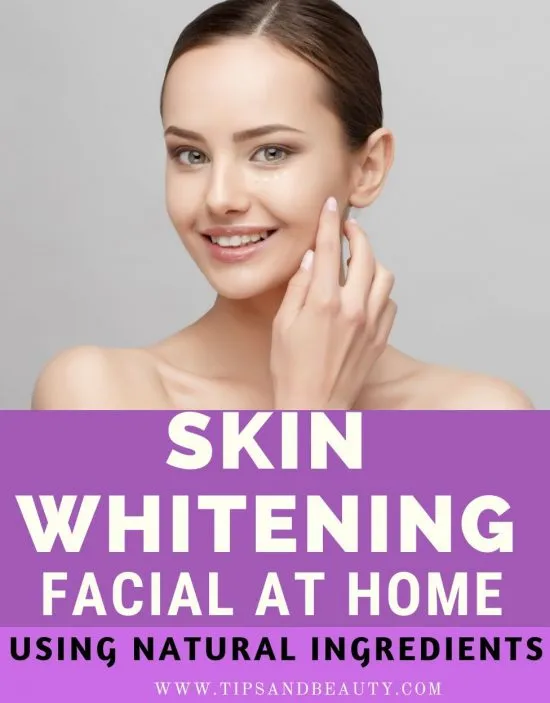
Yogurt and honey are both known for their skincare benefits, making them an effective combination for skin whitening. Yogurt contains lactic acid, a gentle exfoliant that can help remove dead skin cells and reveal brighter skin. Honey, a natural humectant, moisturizes the skin and has antibacterial properties that can help with acne. The combination of yogurt and honey helps to even out skin tone and reduce dark spots. It’s also soothing and hydrating, making it suitable for all skin types. The lactic acid in yogurt gently exfoliates, promoting cell turnover and reducing the appearance of hyperpigmentation. The honey adds moisture and helps to heal the skin. This mask is gentle and can be used regularly to achieve a brighter, more even complexion. Always choose plain, unsweetened yogurt and raw honey for best results.
Combining Yogurt and Honey for Skin
To create a yogurt and honey mask, mix equal parts of plain, unsweetened yogurt and raw honey. Apply a thin layer to your clean face, avoiding the eye area. Leave the mask on for about 15-20 minutes. Rinse thoroughly with lukewarm water and gently pat your skin dry. For added benefits, you can add a pinch of turmeric or a few drops of lemon juice (diluted) to the mixture. This mask is gentle and can be used one to three times a week. The lactic acid in the yogurt exfoliates dead skin cells, while the honey moisturizes and soothes the skin. Regular use can lead to a brighter, more radiant complexion, and the antibacterial properties of honey can help in treating acne and preventing breakouts. Always perform a patch test before applying it to your entire face to check for potential allergic reactions.
Aloe Vera for Skin Brightening
Aloe vera is a natural remedy known for its soothing and healing properties. It contains vitamins, minerals, and antioxidants that can benefit the skin in several ways. When used for skin whitening, aloe vera can help to reduce inflammation and promote cell turnover, leading to a brighter complexion. It also helps to moisturize the skin, which can improve its overall appearance. Aloe vera is suitable for most skin types, including sensitive skin. The enzymes in aloe vera may help to lighten dark spots and even out skin tone. Its soothing properties can also reduce the appearance of redness and irritation. Using aloe vera regularly can help to improve skin hydration and promote a healthier, more radiant complexion. The gel is easy to apply and absorbs quickly, making it a convenient addition to your skincare routine. Remember to use pure aloe vera gel to ensure the best results.
Aloe Vera Application Guide
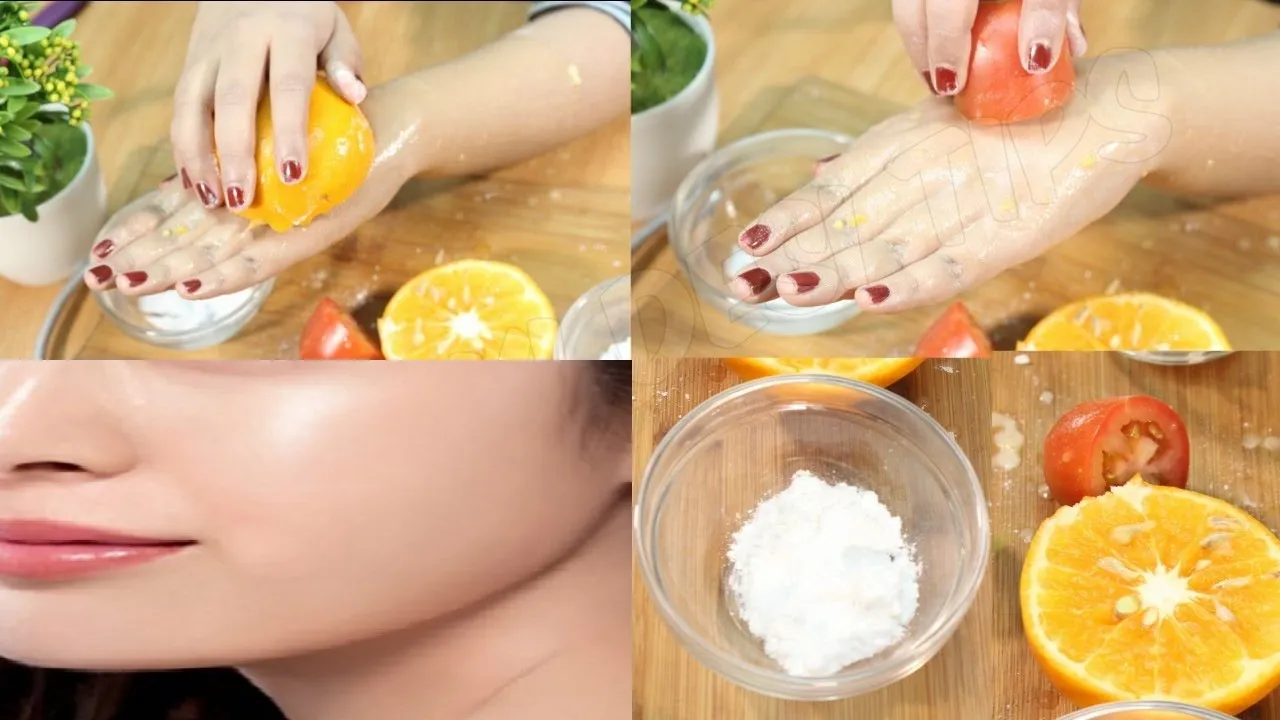
To use aloe vera for skin brightening, apply a thin layer of pure aloe vera gel to clean skin. You can use fresh gel directly from an aloe vera plant or purchase pure aloe vera gel. Gently massage the gel into your skin until it is absorbed. Leave it on for 15-20 minutes, or overnight for extra hydration. Rinse your face with cool water and pat it dry. For best results, use aloe vera once or twice a day. It can be used on its own or combined with other ingredients, such as honey or lemon juice (diluted). Regular use of aloe vera can help to reduce inflammation, promote cell turnover, and improve skin hydration, leading to a brighter and more even complexion. Always perform a patch test before applying aloe vera to a larger area of skin to ensure there are no adverse reactions.
Potato Juice for Skin Lightening
Potato juice is a lesser-known, but effective, home remedy for skin lightening. It contains enzymes and vitamins that may help to reduce dark spots and even out skin tone. The starch in potatoes can help to soothe and brighten the skin. Potato juice is particularly effective for treating dark circles and hyperpigmentation. Regular application can help to lighten the skin and improve its overall appearance. It’s a gentle and natural option for those looking to lighten their skin. The mild acidity in potatoes can also help to exfoliate the skin, removing dead skin cells and revealing a brighter complexion. Always use fresh potato juice and perform a patch test before applying it to a larger area.
Potato Juice Preparation
To prepare potato juice, wash and peel a raw potato. Grate the potato or blend it in a food processor. Squeeze the grated potato through a clean muslin cloth or a fine-mesh sieve to extract the juice. Apply the fresh potato juice to your skin, using a cotton ball or your fingertips. Leave it on for 15-20 minutes. Rinse your face with cool water. Apply a moisturizer to hydrate your skin. Use this treatment daily or every other day for best results. Be sure to use fresh potato juice each time. The juice can be used on the face, under the eyes, or any areas where you want to lighten the skin. Potatoes are a simple and inexpensive option for improving your skin tone.
Gram Flour (Besan) Mask
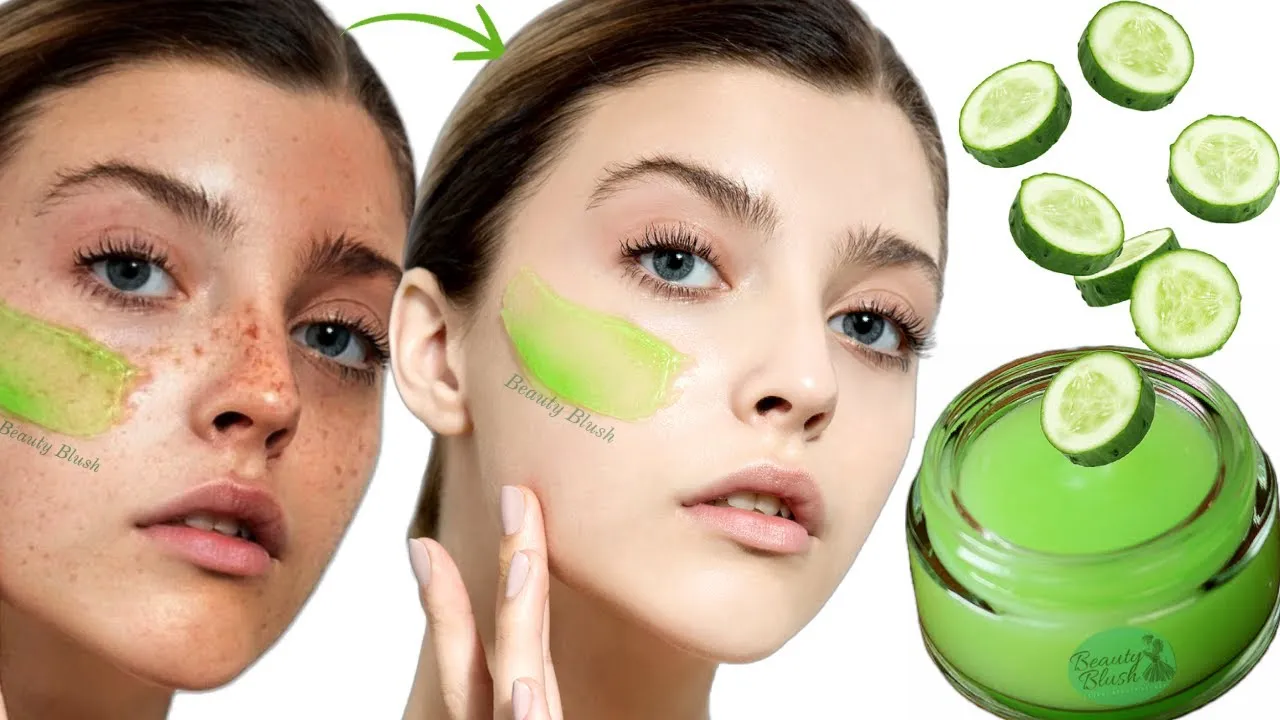
Gram flour, also known as besan, is a staple in Indian households and is a popular ingredient in skincare. It’s made from ground chickpeas and has exfoliating and lightening properties. A gram flour mask can help to remove dead skin cells, reduce dark spots, and even out skin tone. It also absorbs excess oil, making it beneficial for people with oily skin. The gentle exfoliation of gram flour helps to reveal brighter, smoother skin. Regular use can lead to a more radiant complexion. It’s a natural and affordable option for skin whitening. Combining gram flour with other ingredients, such as yogurt or turmeric, enhances its benefits. Always mix gram flour with water or other liquids to create a paste before applying it to your skin. This mask is best used 1-2 times a week.
Benefits of Gram Flour
Gram flour offers several benefits for the skin. Its exfoliating properties help to remove dead skin cells, which can lead to a brighter complexion. It absorbs excess oil, making it suitable for people with oily or acne-prone skin. Gram flour also helps to reduce dark spots and even out skin tone. The gentle exfoliation helps to reveal smoother, healthier skin. It’s a natural and affordable ingredient that can improve the overall appearance of the skin. It can also help to reduce acne. It is a good alternative for those with sensitive skin who want a natural exfoliator. Gram flour can be combined with other ingredients, such as turmeric, yogurt, or honey, to create a customized mask. The benefits are particularly notable when used with other ingredients that brighten skin.
Papaya Face Pack
Papaya contains enzymes, such as papain, that can help to exfoliate the skin and reduce dark spots. Papaya is rich in vitamins and antioxidants that help brighten the skin and improve its overall appearance. A papaya face pack can help to lighten the skin, even out skin tone, and promote a more radiant complexion. Regular use can lead to a brighter, smoother skin. Papaya is a natural and gentle option for skin whitening. The enzymes in papaya help to remove dead skin cells, revealing a brighter complexion. It’s particularly beneficial for people with dull or uneven skin tone. Always use ripe papaya for best results. Papaya also contains vitamins A and C, which can contribute to healthier skin.
Papaya Mask Application
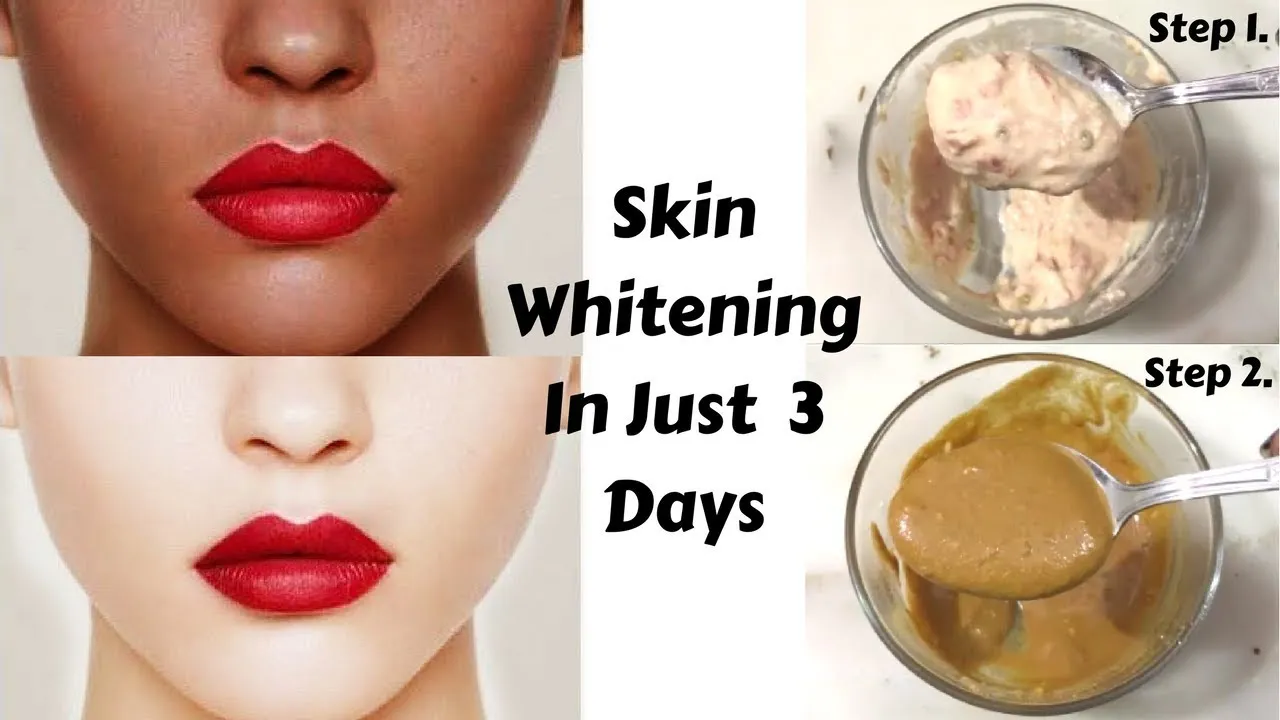
To make a papaya face pack, mash a ripe papaya into a smooth paste. Apply the paste to clean skin, avoiding the eye area. Leave it on for 15-20 minutes. Rinse thoroughly with lukewarm water and gently pat your skin dry. Apply a moisturizer to hydrate your skin. Use the papaya face pack one to three times a week. The enzymes in papaya will help to exfoliate your skin, and the vitamins and antioxidants will leave it looking brighter and healthier. This mask is a gentle and natural way to improve your skin tone and texture. Ripe papaya is the best to use because of its high enzyme content. For an added boost, you can combine the papaya with honey or lemon juice (diluted).
Important Considerations and Safety Tips
Patch Test
Before trying any new skin whitening treatment, it’s essential to perform a patch test. Apply a small amount of the treatment to a small, inconspicuous area of your skin, such as the inside of your wrist or behind your ear. Wait for 24 to 48 hours to check for any adverse reactions, such as redness, itching, irritation, or swelling. If you experience any of these symptoms, discontinue use immediately. A patch test helps you determine if your skin is sensitive to a particular ingredient or treatment. Performing a patch test minimizes the risk of a widespread allergic reaction or irritation. It is an important step in ensuring the safety of at-home skin whitening treatments. The safety and efficacy of any treatment depend on your individual skin sensitivity.
Sun Protection
Sun protection is crucial when using skin whitening treatments, as many of these treatments can increase your skin’s sensitivity to the sun. Exposure to the sun can worsen hyperpigmentation and counteract the effects of skin whitening treatments. Always wear a broad-spectrum sunscreen with an SPF of 30 or higher, even on cloudy days. Apply sunscreen generously and reapply every two hours, especially when outdoors. Wear protective clothing, such as hats and long sleeves, and seek shade during peak sun hours. Sun protection is essential to prevent further skin damage and maintain the results of your skin whitening efforts. Make sun protection a daily habit to keep your skin healthy. Using sunscreen is vital to protect your skin from the sun’s harmful UV rays. Failure to use sunscreen can lead to more damage.
Consulting a Dermatologist
Before starting any skin whitening treatment, it’s advisable to consult with a dermatologist. A dermatologist can assess your skin condition, diagnose the type of hyperpigmentation you have, and recommend the most appropriate treatment plan. They can provide professional advice on the safety and effectiveness of various treatments. They can also help you identify any potential risks or side effects. A dermatologist can recommend prescription-strength treatments, such as topical creams containing hydroquinone or retinoids, or in-office procedures, like chemical peels or laser therapy. Consulting a dermatologist ensures that you receive personalized care and the best possible results while minimizing potential risks. A dermatologist can guide you on a safe and effective approach to skin whitening. Professional consultation offers expertise for your specific skin needs. It is essential for anyone with skin conditions.
